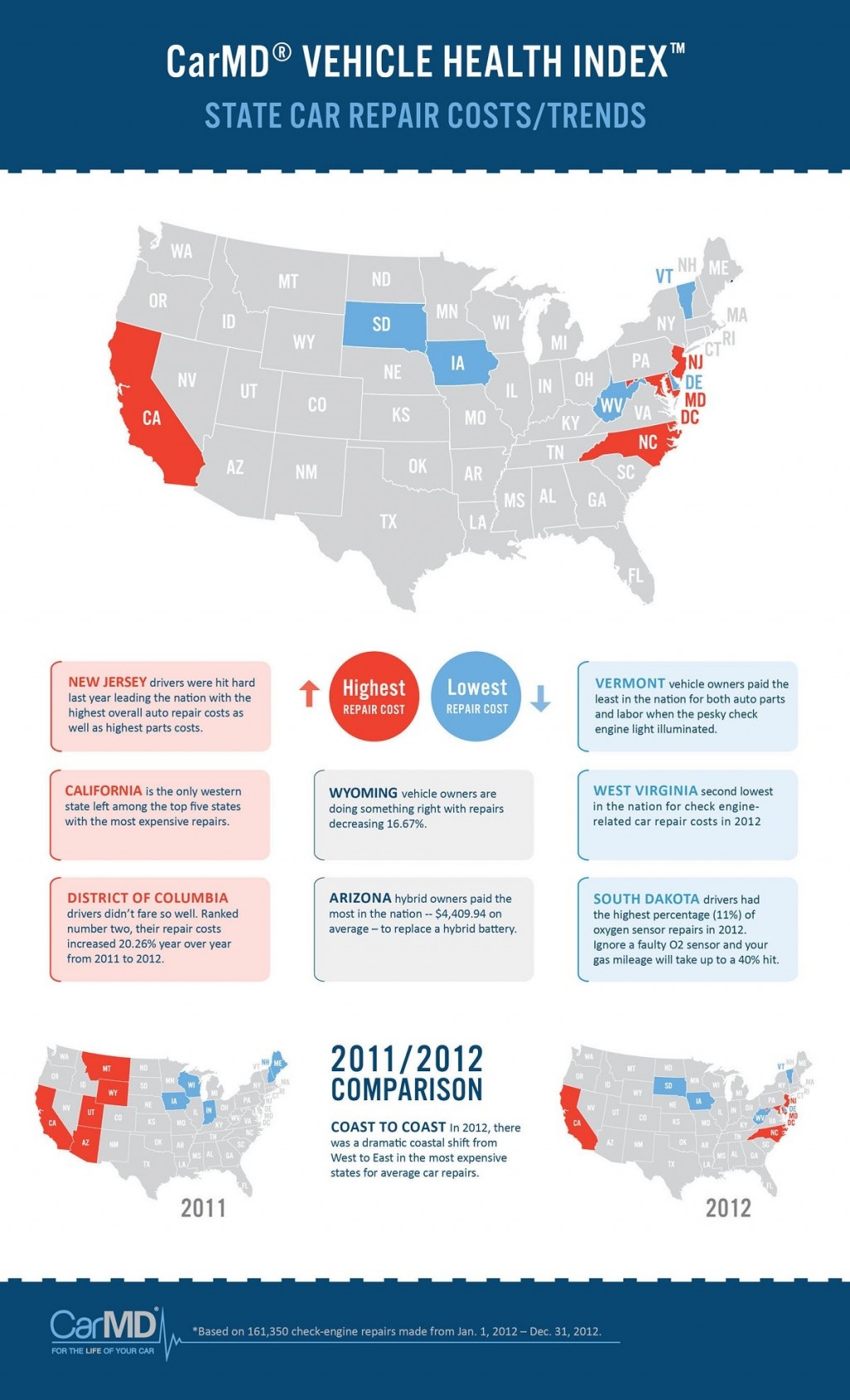When you lag the wheel, those beautiful caution lights on your dashboard can be a little bit bewildering. Do you recognize what they're trying to inform you about your cars and truck's health and wellness? Recognizing the importance of these lights is vital for your safety and the durability of your vehicle. So, the following time among those lights appears, would not you want to analyze its message properly and take the essential actions to resolve it?
Common Warning Lights and Interpretations
Identify usual warning lights in your car and comprehend their definitions to ensure secure driving.
car wash interior cleaning consist of the check engine light, which indicates concerns with the engine or discharges system. If this light begins, it's essential to have your vehicle inspected immediately.
The oil stress advising light shows low oil pressure, calling for instant focus to avoid engine damage.
A flashing battery light could recommend a damaged billing system, possibly leaving you stranded if not resolved.
The tire stress tracking system (TPMS) light informs you to low tire pressure, influencing automobile stability and gas performance. Ignoring this could lead to hazardous driving conditions.
The abdominal light shows a trouble with the anti-lock stopping system, endangering your capability to stop swiftly in emergency situations.
Lastly, the coolant temperature warning light warns of engine overheating, which can cause extreme damage if not solved swiftly.
Comprehending these usual caution lights will certainly help you resolve problems immediately and preserve risk-free driving conditions.
Importance of Prompt Interest
Understanding the typical warning lights in your car is only the very first step; the value of quickly dealing with these cautions can not be emphasized enough to ensure your safety on the road.
When a caution light illuminates on your control panel, it's your automobile's means of communicating a potential issue that requires interest. Ignoring these warnings can cause more serious problems in the future, endangering your security and potentially costing you much more out of commission.
Prompt attention to cautioning lights can protect against break downs and crashes. For example, a blinking check engine light could indicate a misfire that, if left neglected, can trigger damages to the catalytic converter. Resolving this without delay can save you from a pricey repair work.
Likewise, a brake system alerting light could signal reduced brake fluid or worn brake pads, vital parts for your safety and security when driving.
Do It Yourself Troubleshooting Tips
If you discover a caution light on your control panel, there are a couple of DIY troubleshooting pointers you can try prior to looking for professional aid.
The very first step is to consult your cars and truck's guidebook to recognize what the particular caution light suggests. In some cases the issue can be as basic as a loosened gas cap activating the check engine light. Tightening up the gas cap may solve the problem.
Another typical concern is a low battery, which can trigger numerous cautioning lights. Inspecting the battery connections for rust and guaranteeing they're protected might fix the issue.
If a caution light continues, you can try resetting it by detaching the automobile's battery for a couple of minutes and afterwards reconnecting it. Furthermore, examining your car's liquid degrees, such as oil, coolant, and brake fluid, can assist fix warning lights associated with these systems.
Conclusion
Finally, understanding your automobile's warning lights is important for maintaining your car running smoothly and safely. By promptly dealing with these alerts and recognizing what they suggest, you can avoid expensive repairs and prospective failures.
Remember to consult see page for certain details on each alerting light and do something about it appropriately to ensure a trouble-free driving experience.
Remain informed, remain safe when driving!
